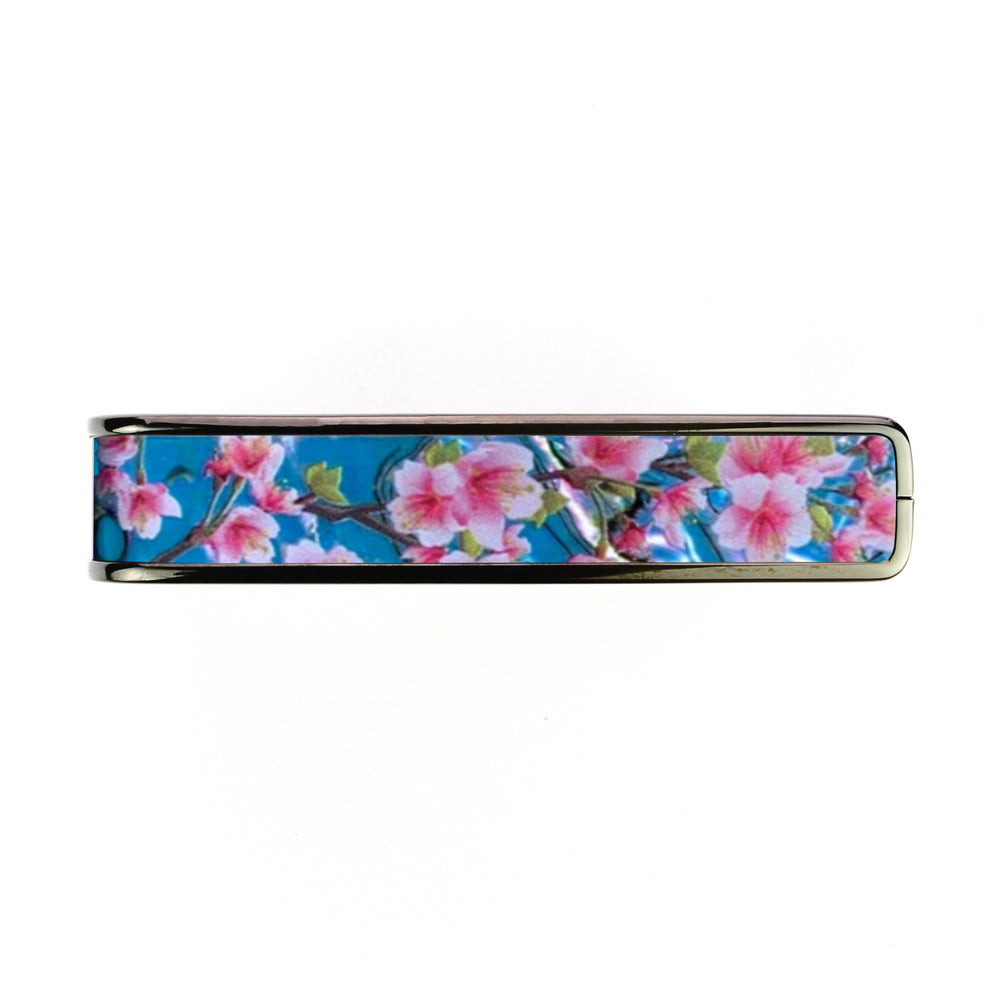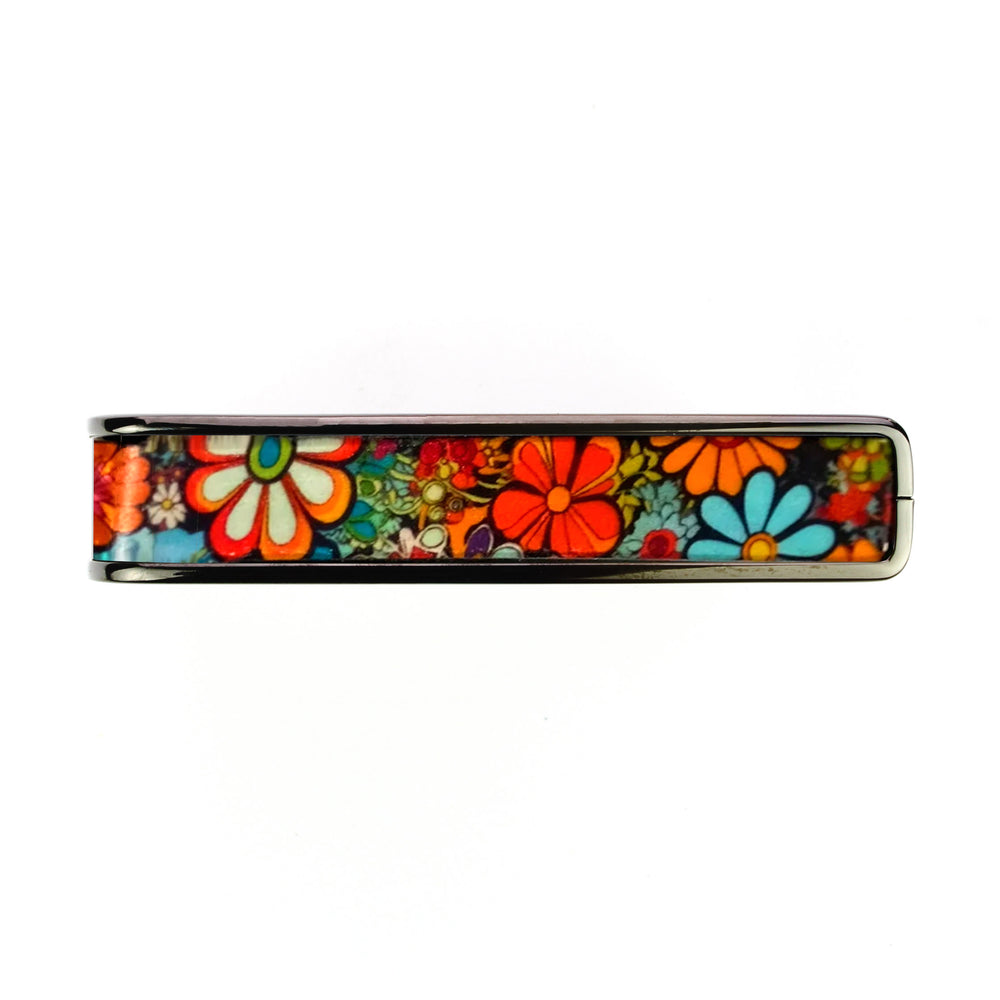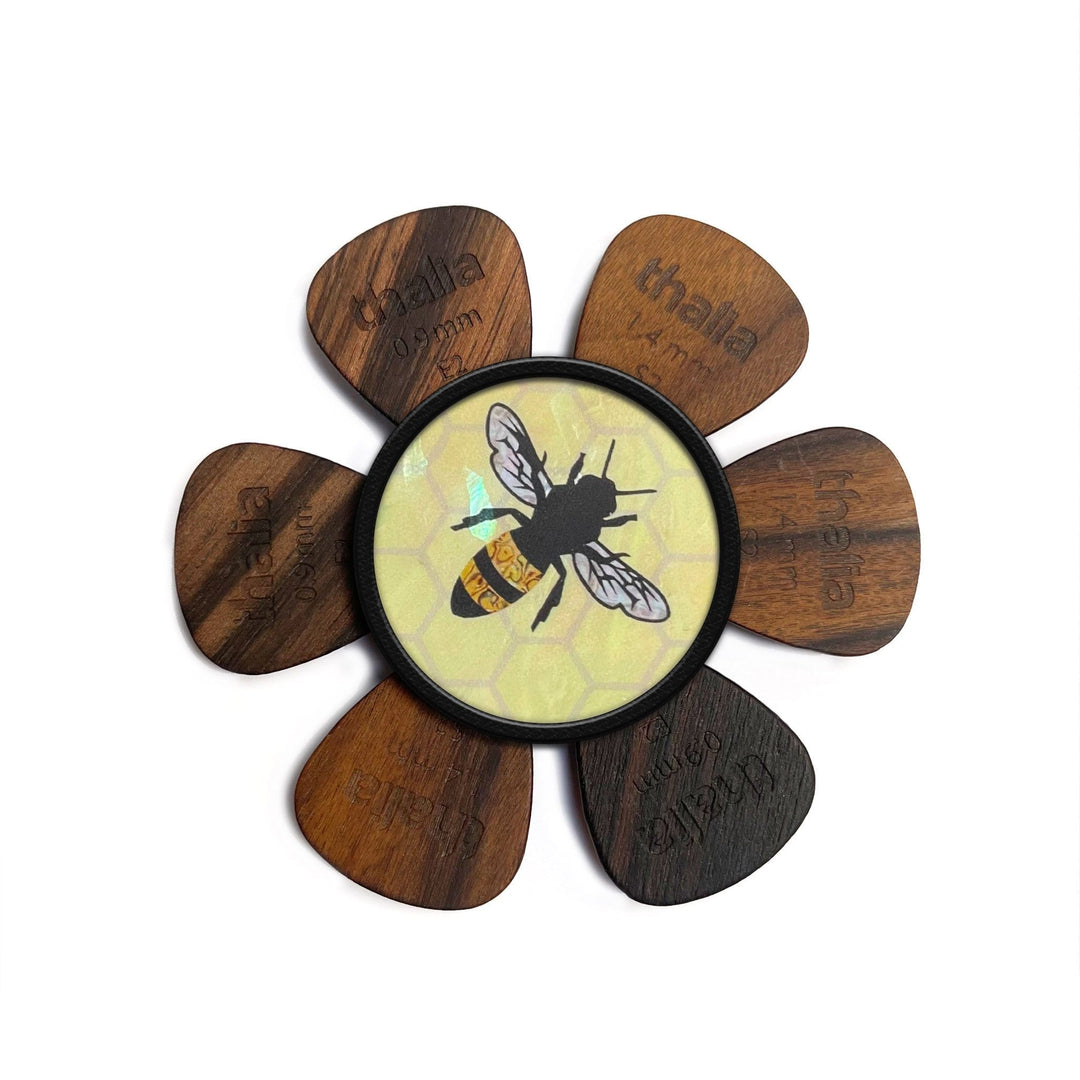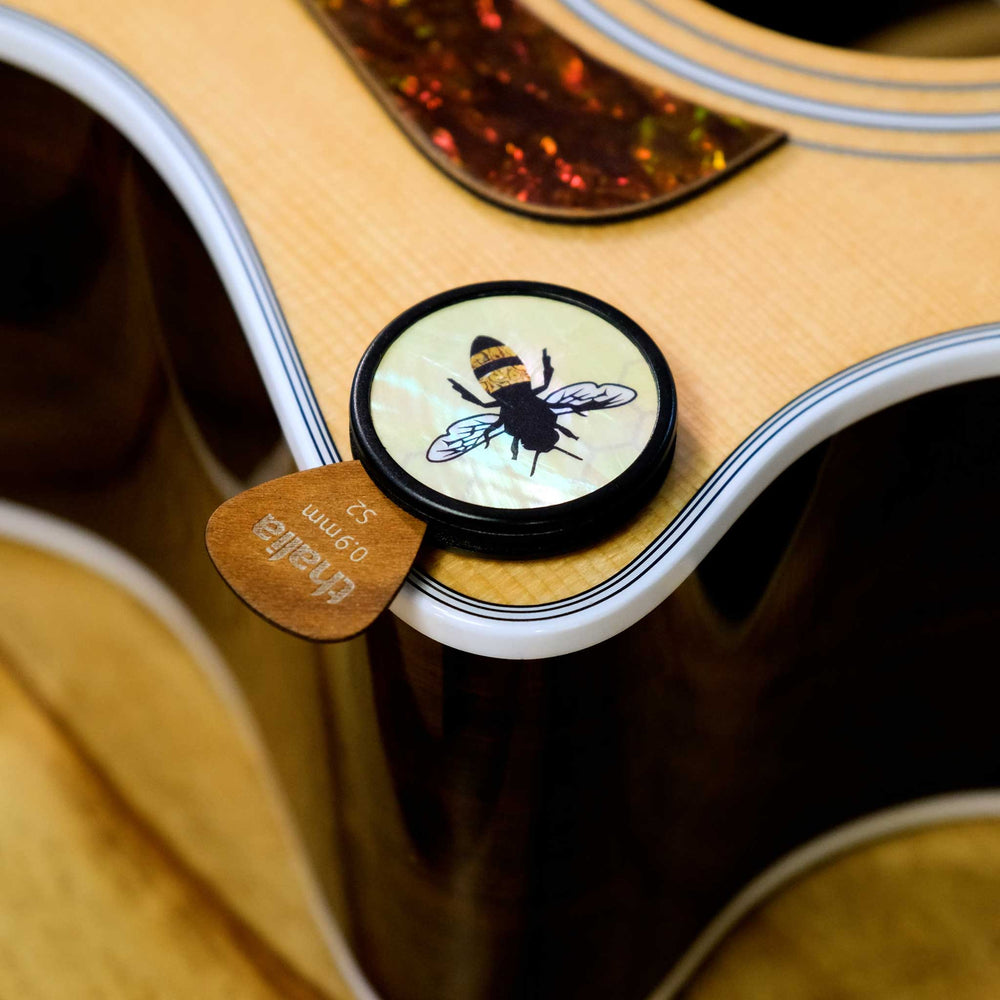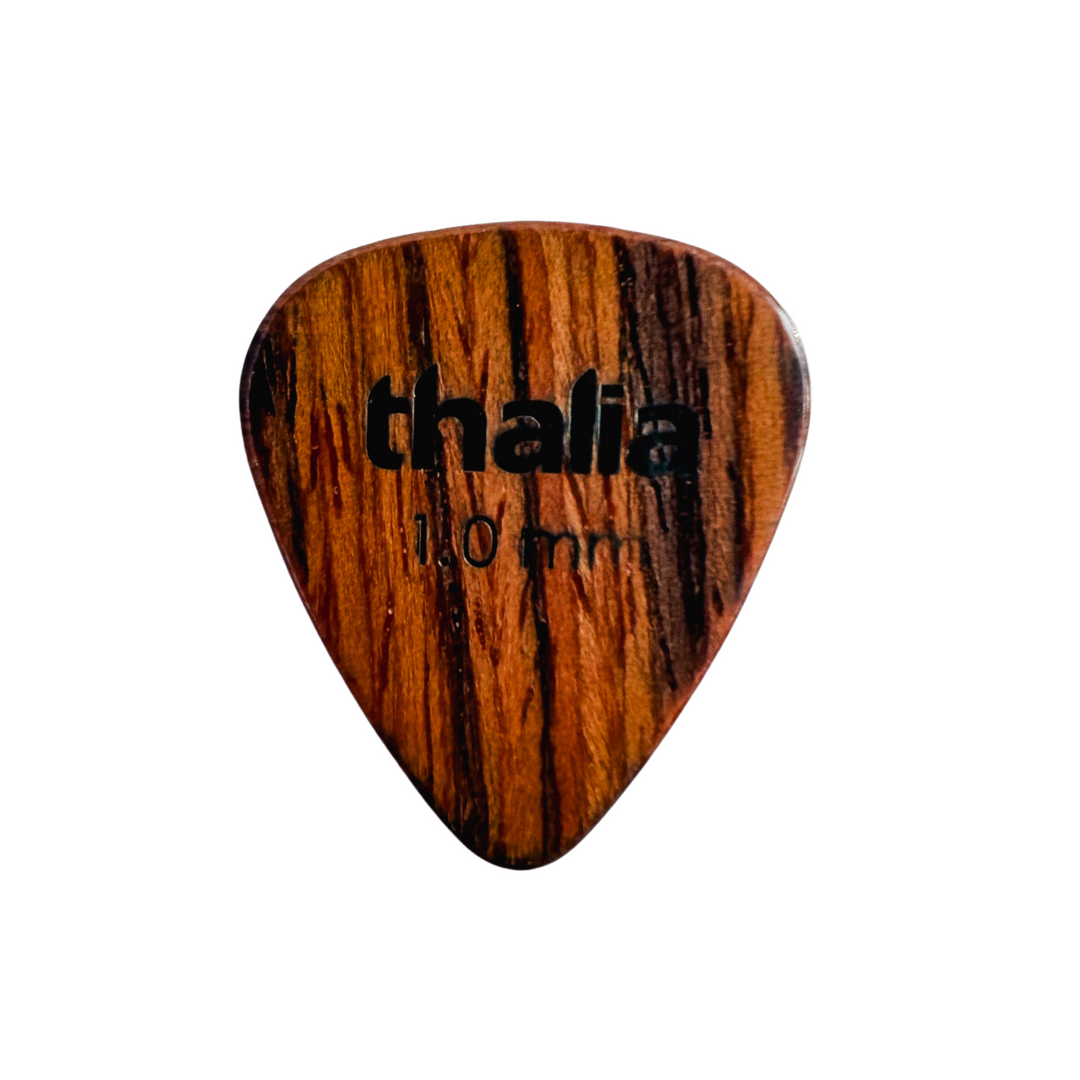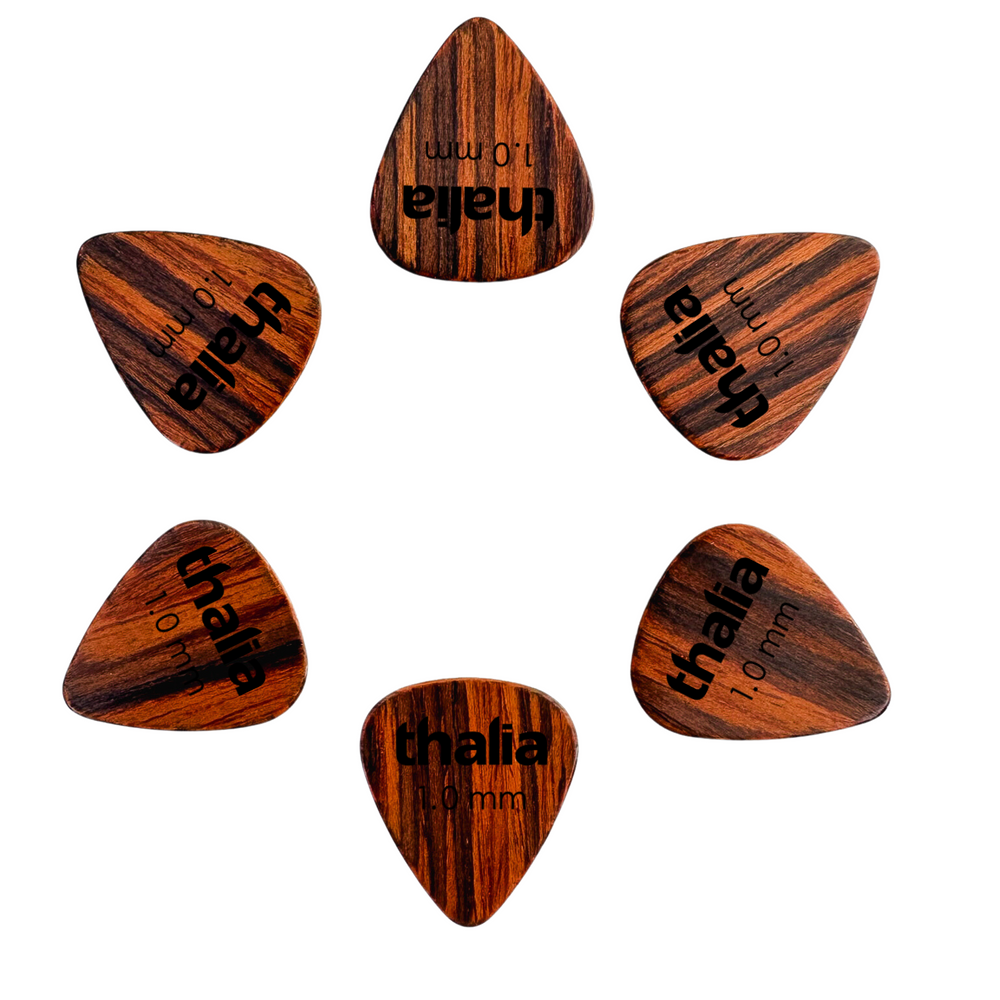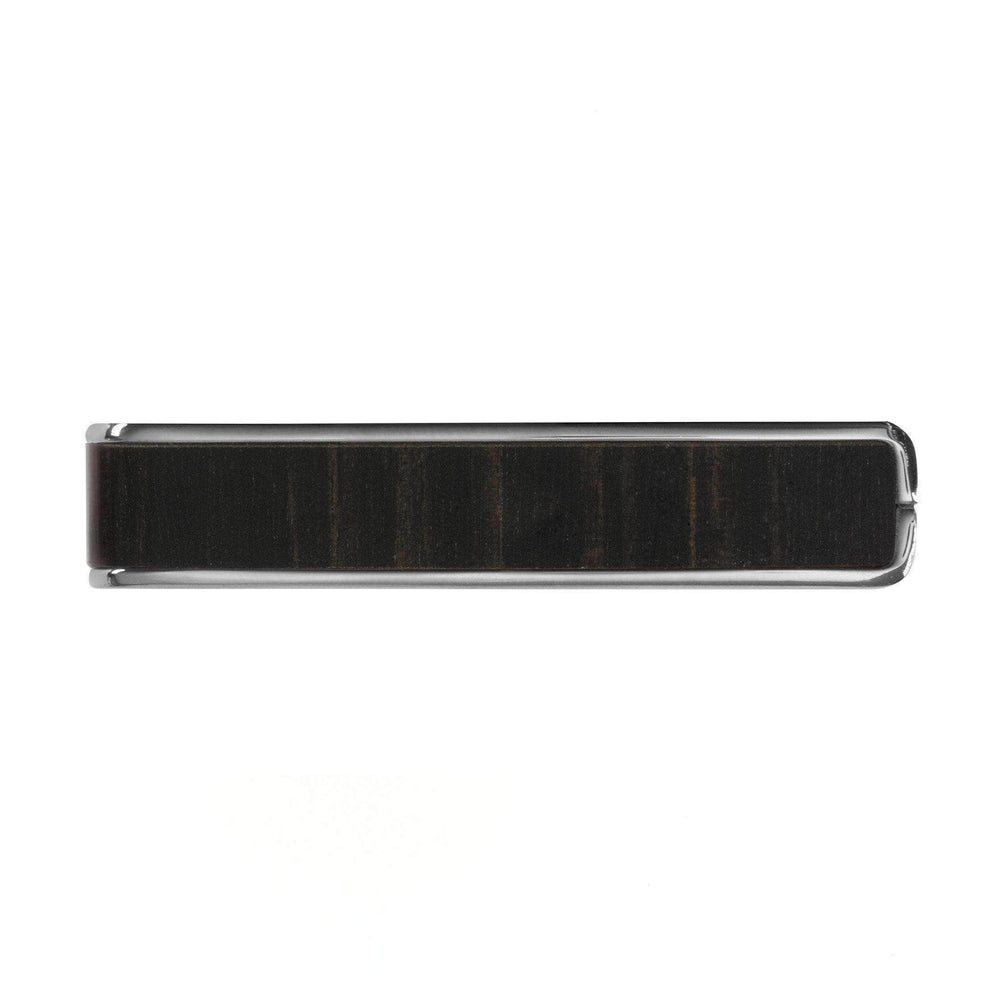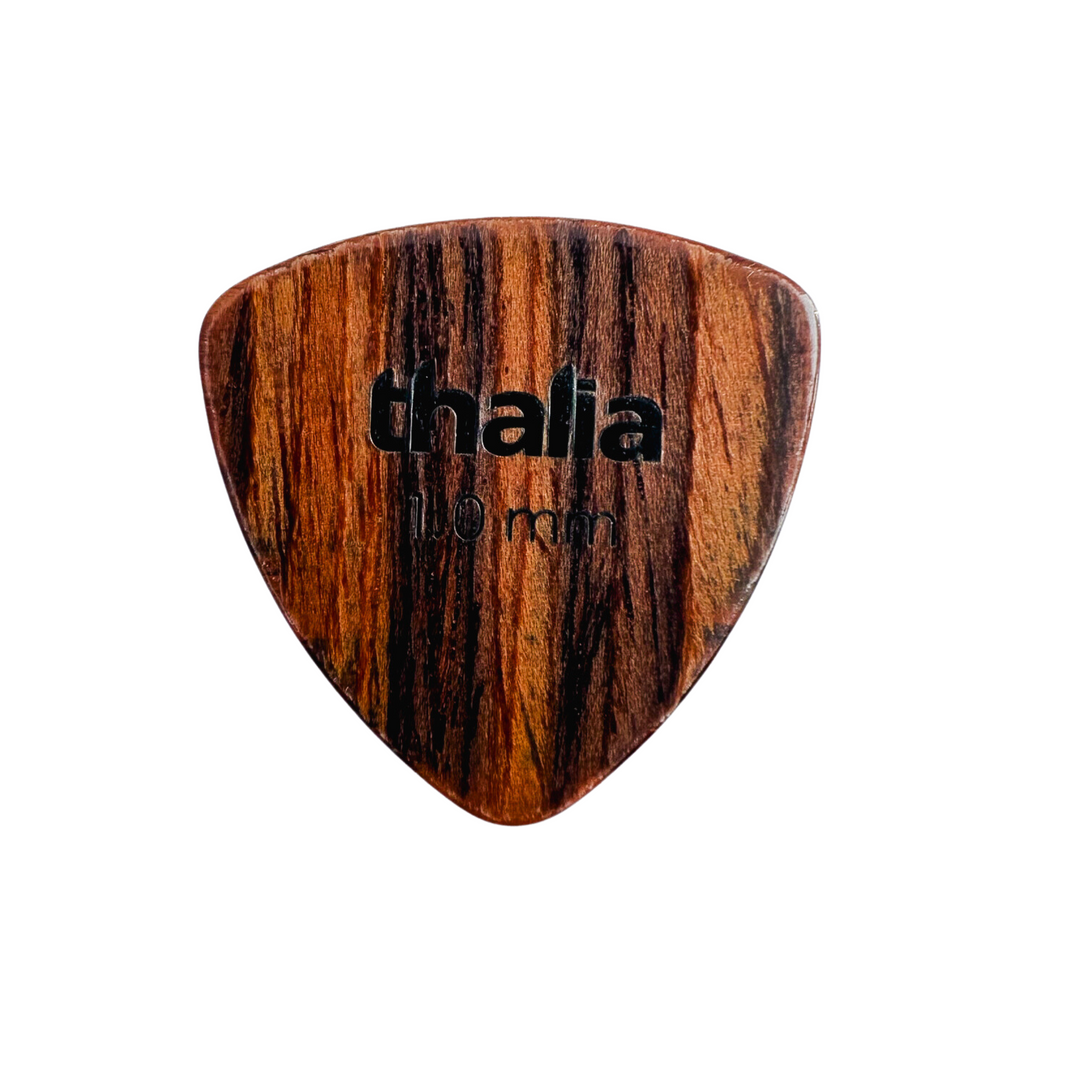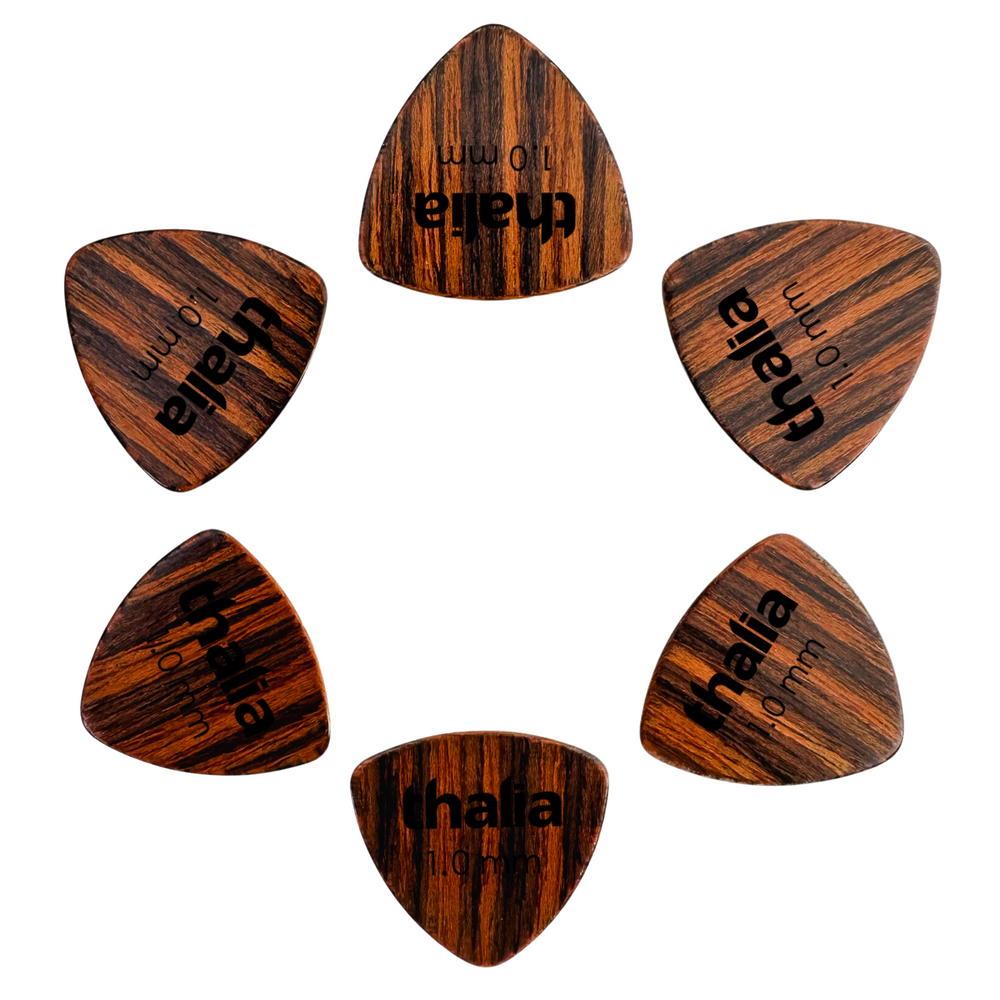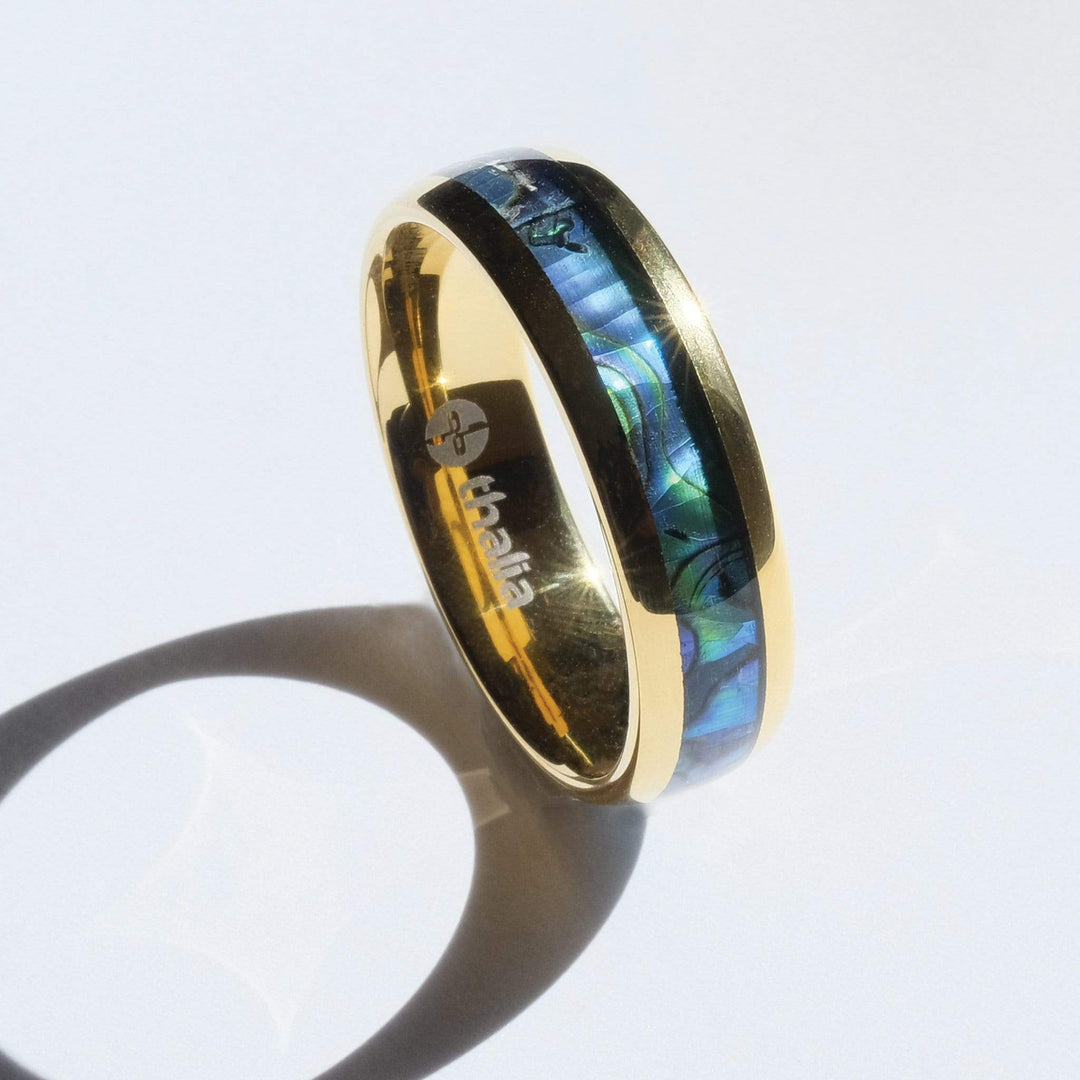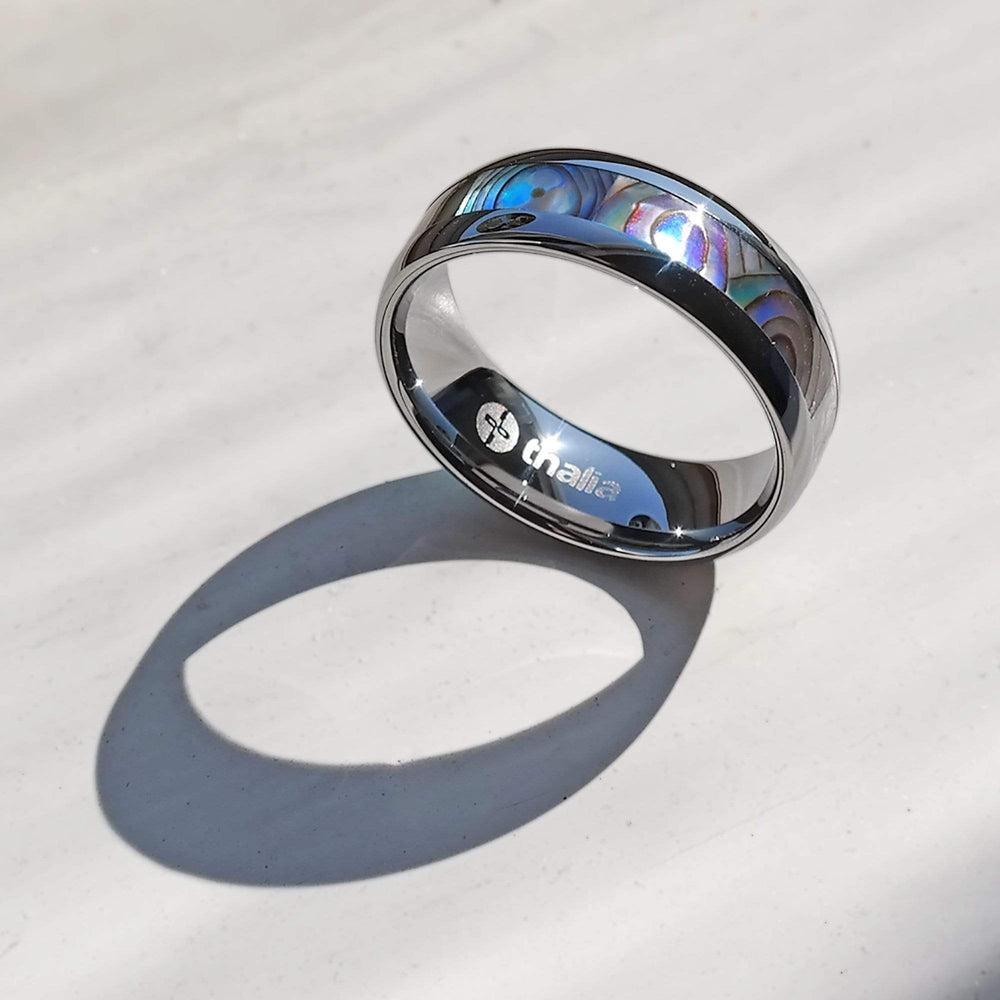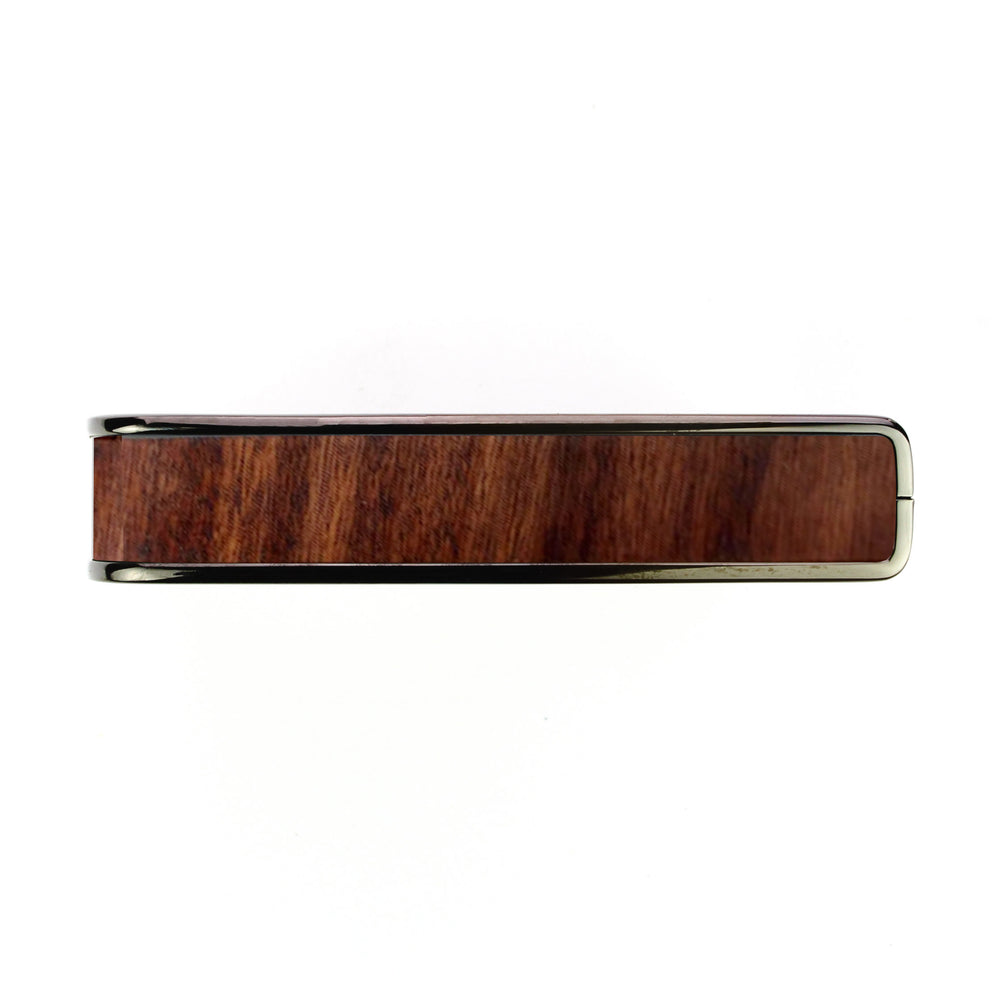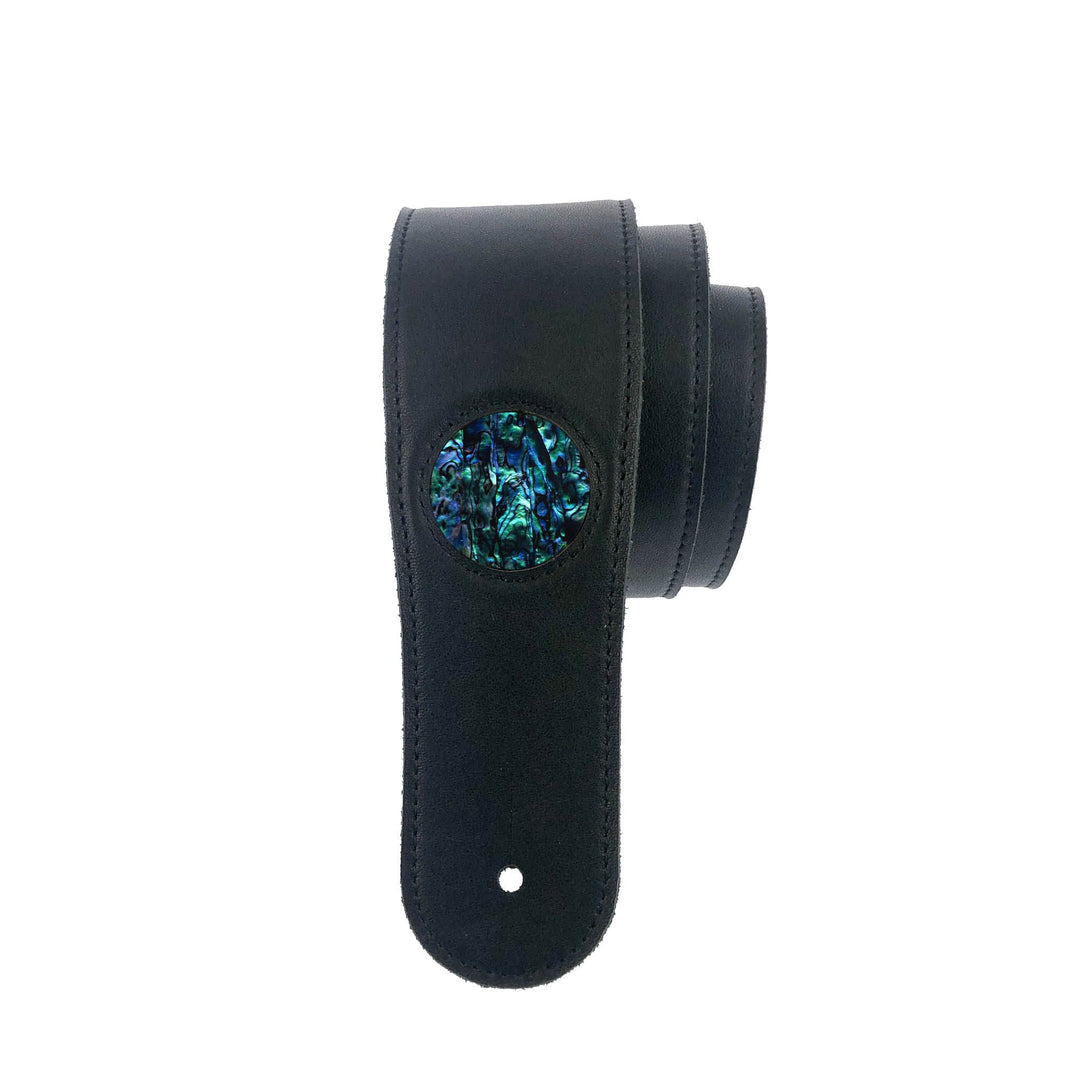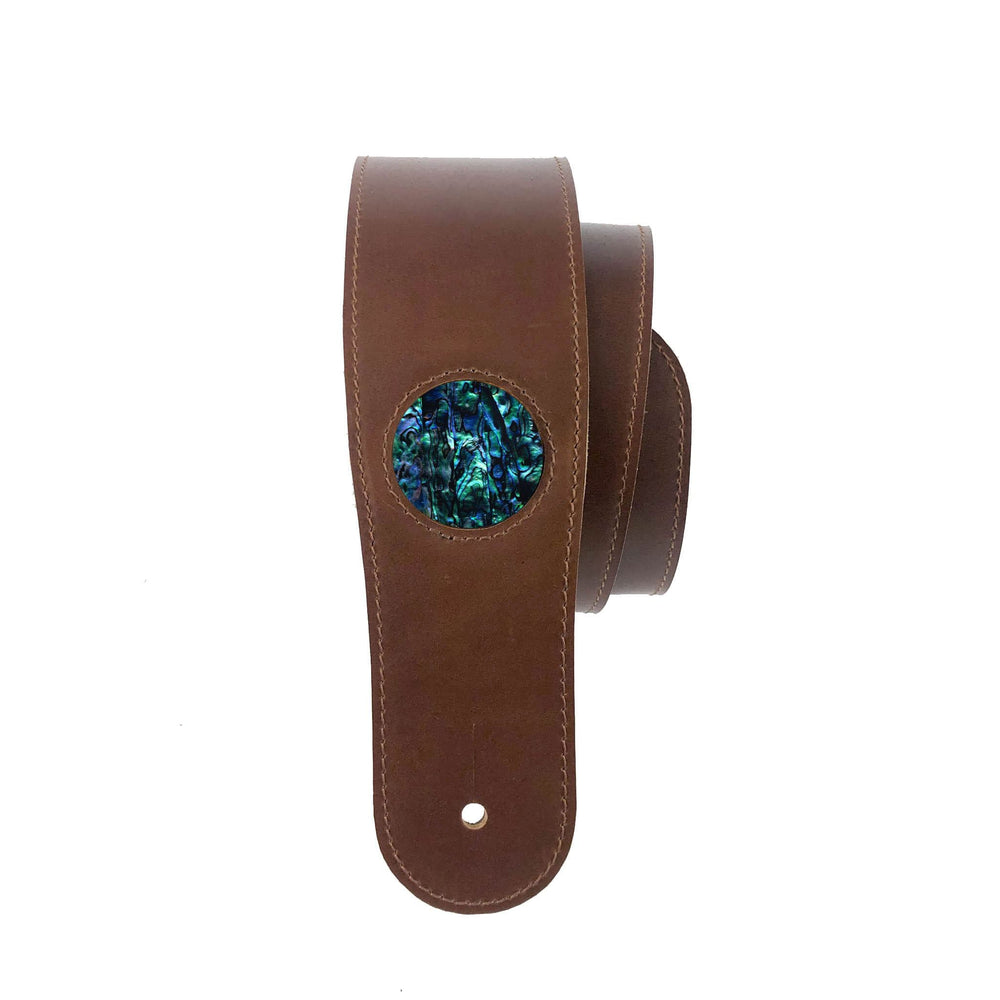Iconic Guitars: the History of the Martin D-28

 There are plenty of acoustic guitars out there that’d we’d describe as “classic.”
There are plenty of acoustic guitars out there that’d we’d describe as “classic.”
“Iconic?” that’s another thing entirely.
In our book, truly “iconic” guitars are few and far between. Often, when that term gets used to describe a six-string, it’s more marketing man hyperbole than true fact.
But, the Martin D-28 is an undisputed icon. With a classic sound, and an instantly recognizable design, it’s the American acoustic instrument.
It could have been very different, though. A mainstay now, Martin’s first attempts at “dreadnought” style guitars weren’t exactly hits when it launched in the late 1910s. Indeed, it wouldn’t be until 1935 that the D-28 finally took off.
Today, we’re looking at the D-28; how it came to be, why guitarists were skeptical of it in the first instance, and what changed to make it the acoustic mainstay.
Enter the Dreadnought
 Martin introduced their first ever “dreadnought” style guitar in 1916. Named after a class of World War 1 era Battleships, these instruments were much bigger than the more common “standard size” guitars of the era.
Martin introduced their first ever “dreadnought” style guitar in 1916. Named after a class of World War 1 era Battleships, these instruments were much bigger than the more common “standard size” guitars of the era.
Those first dreadnoughts weren’t sold with the Martin name on them, though. The company manufactured them for the Oliver Ditson Company – a publishing firm based in Boston, Massachusetts. Marketed in New York under the Oliver Ditson name, these guitars didn’t feature a Martin serial number and were markedly different from their modern Dreadnought counterparts. They featured elongated bodies, designed to accommodate a custom, 12 fret wide (12 frets clear of the body) guitar neck and slotted headstock.
 Martin went on to produce their own dreadnoughts in 1931: the D1 (later to become the D-18) and the D-2 (later to become the D-28). These instruments initially featured the 12-fret neck of the Ditson design; the now-standard 14-fret neck was not introduced until 1934.
Martin went on to produce their own dreadnoughts in 1931: the D1 (later to become the D-18) and the D-2 (later to become the D-28). These instruments initially featured the 12-fret neck of the Ditson design; the now-standard 14-fret neck was not introduced until 1934.
But neither model exactly set the world on fire upon release. Guitarists of the early 1930s were accustomed to smaller instruments. The Dreadnought, living up to its namesake, seemed bulky by comparison. Sales, as a result, were initially slow, and for the first four years of its release, the D-28 was something of a sleeper.
Martin, however, realized that there was potential in the new instrument. Tonally, it offered something that standard sized guitars didn’t. Characteristic to the D-28 was a deep bass response – distinct from the clear trebles of standard sized guitars. Standard sized guitars might have been tonally more balanced, but the bassiness of the D-28 made it perfect for use in country music, backing up vocals, fiddles, and banjos in lieu of a bass instrument.
 Embracing the unique tonal properties of the D-28, Martin changed tack when it came to advertising. In their 1935 catalogue, they listed the D-28 – somewhat bizarrely in today’s parlance – as a “bass guitar,” putting the sonic characteristics of the instrument front and center:
Embracing the unique tonal properties of the D-28, Martin changed tack when it came to advertising. In their 1935 catalogue, they listed the D-28 – somewhat bizarrely in today’s parlance – as a “bass guitar,” putting the sonic characteristics of the instrument front and center:
"This is the famous 'Dreadnaught' bass guitar, originated by Martin in 1917 and now modernized for the plectrum style of playing. The extra wide and very deep body produces a tone of great power and smoothness, especially fine for broadcasting or recording. Rosewood body, spruce top, ivoroid edges, re-enforced mahogany neck, ebony fingerboard and bridge, wide frets, polished lacquer finish. Dark top on special order at no extra charge."
It was a successful strategy. Guitarists, particularly those on the country scene, began buying D-28s like never before. Four years after its release, the guitar started selling, and, in the following decades, it was established as the acoustic guitar for country players and beyond. At one point during the 1950s, D-28s were so popular that the waiting time for one was two years.
Do you play a D-28? What’s your favourite kind of dreadnought guitar? Share your stories in the comments.



